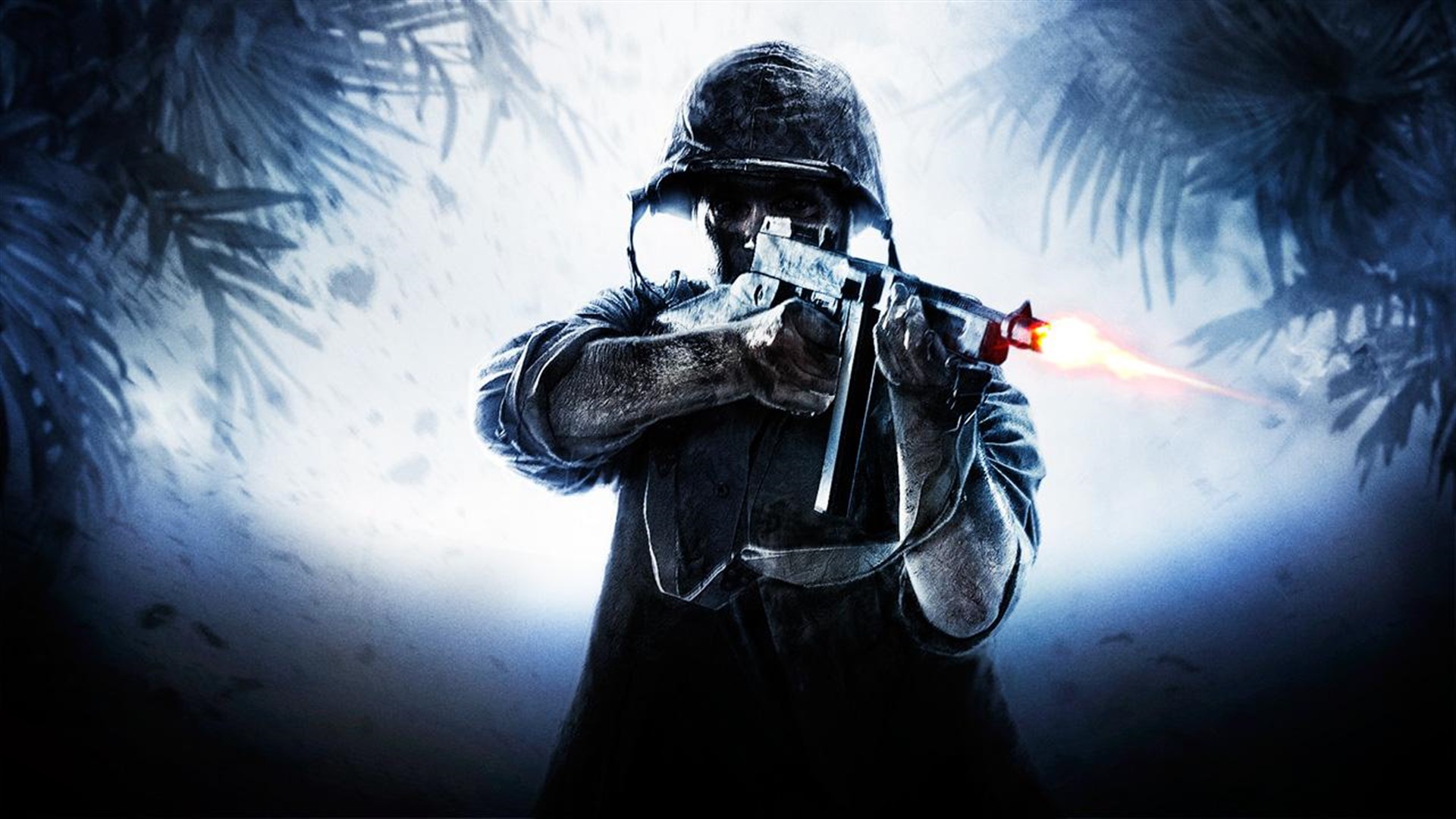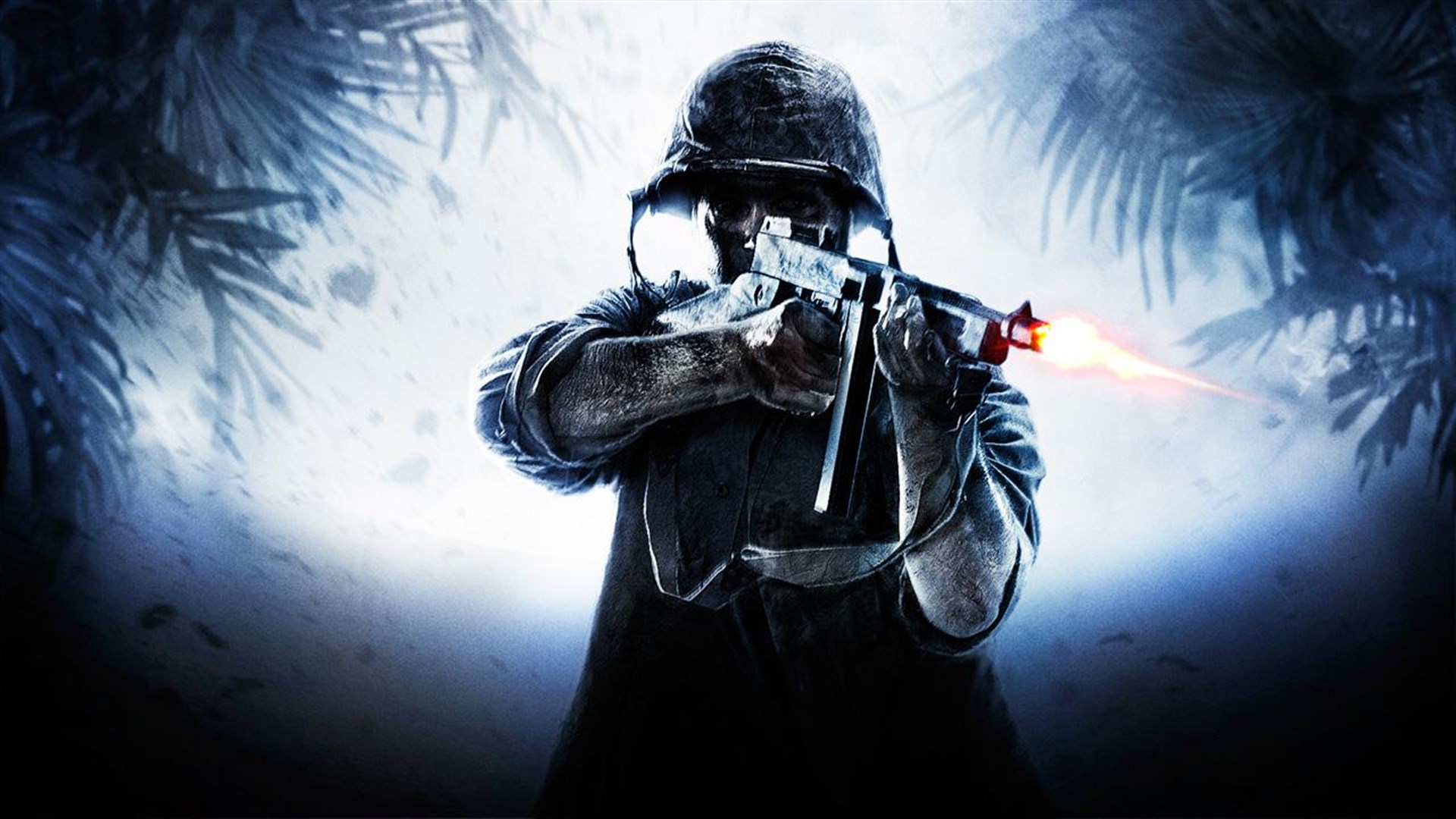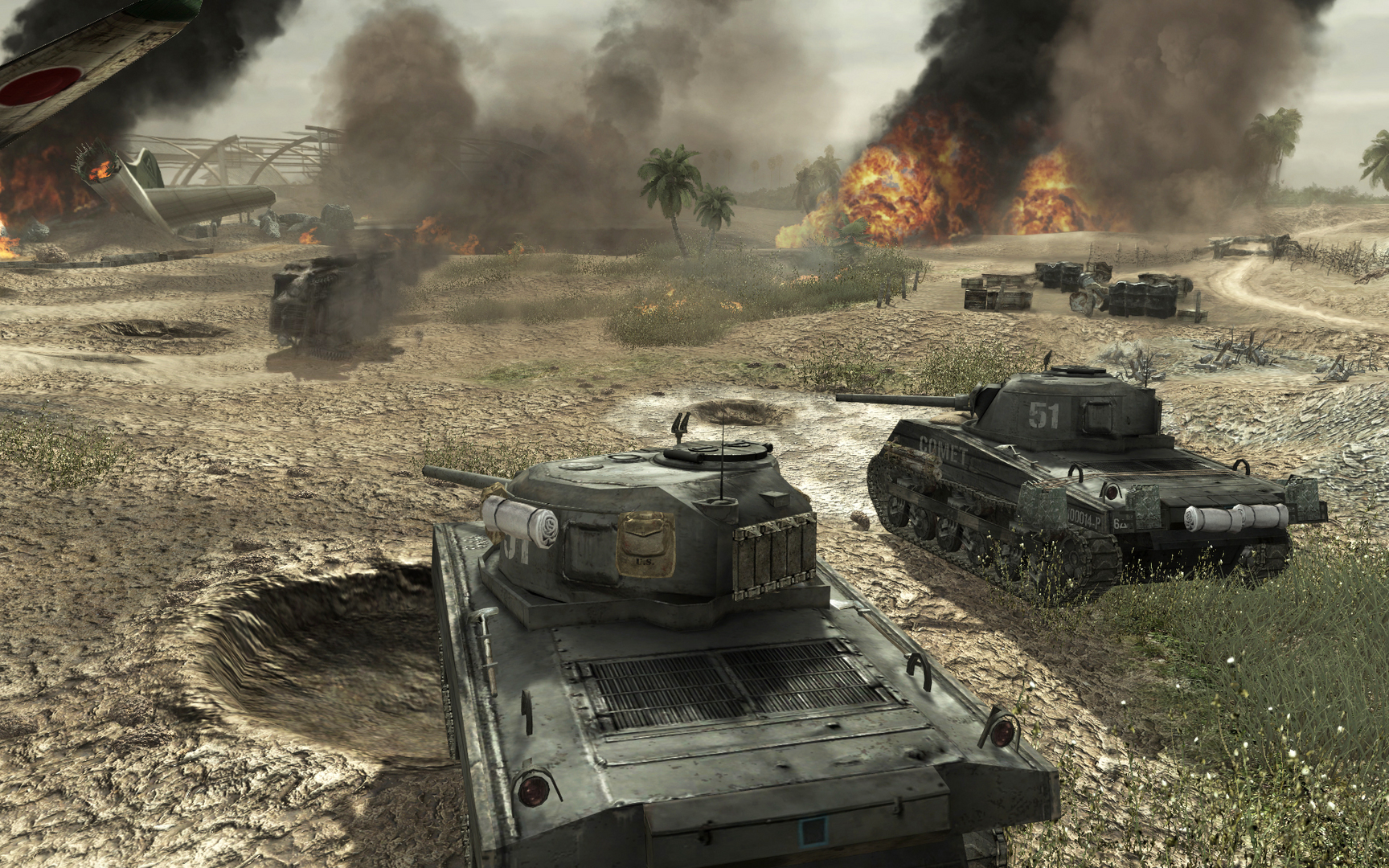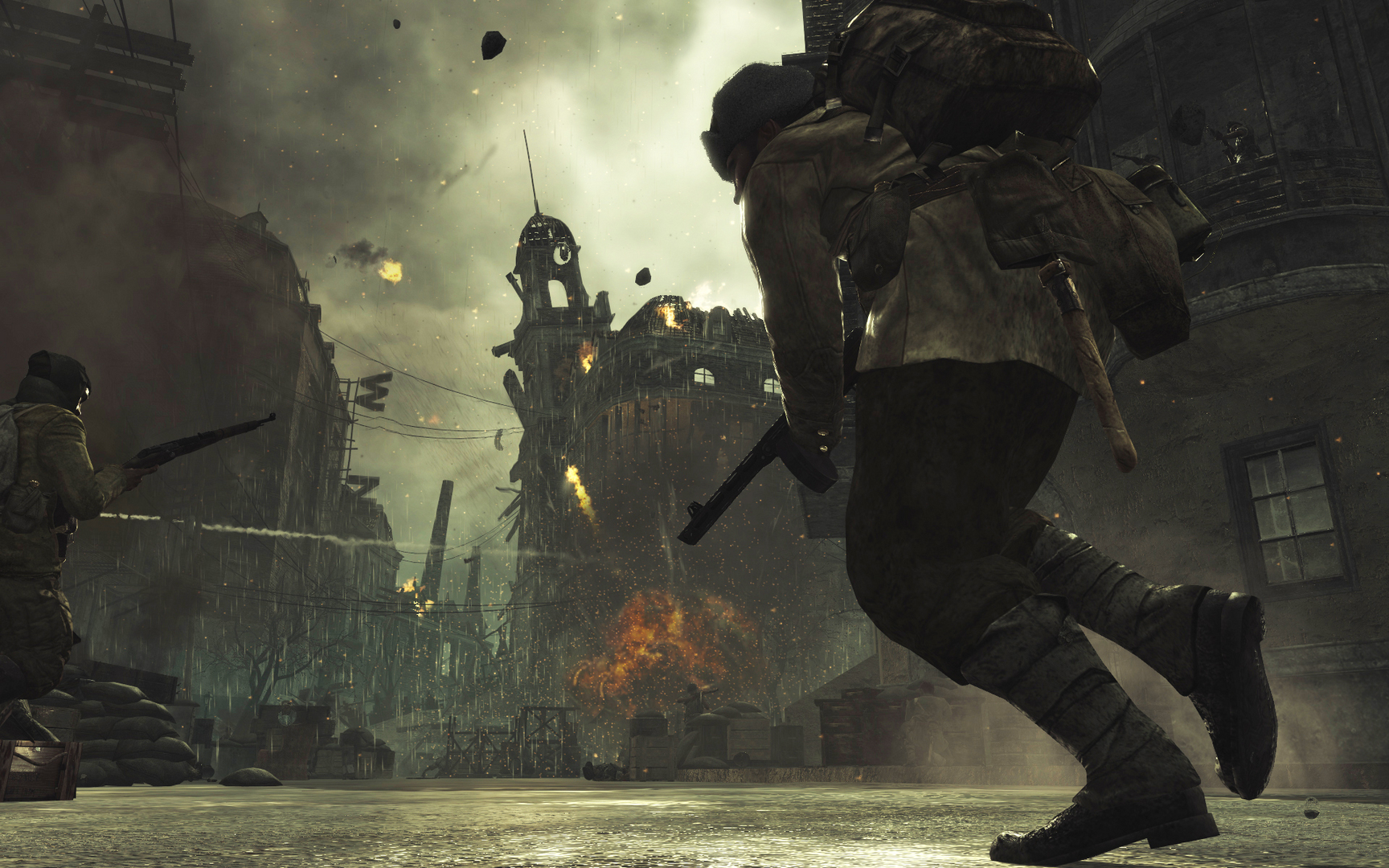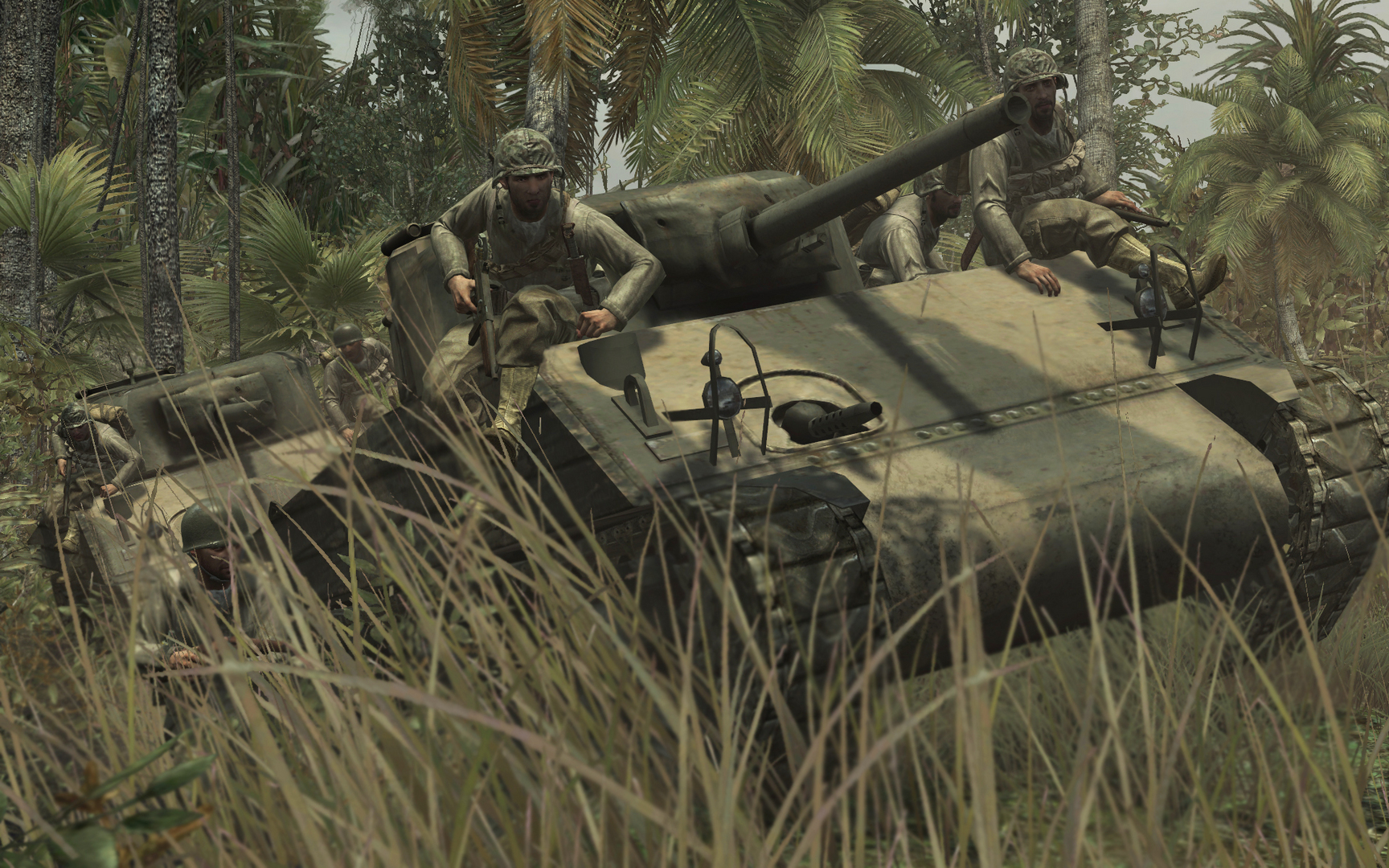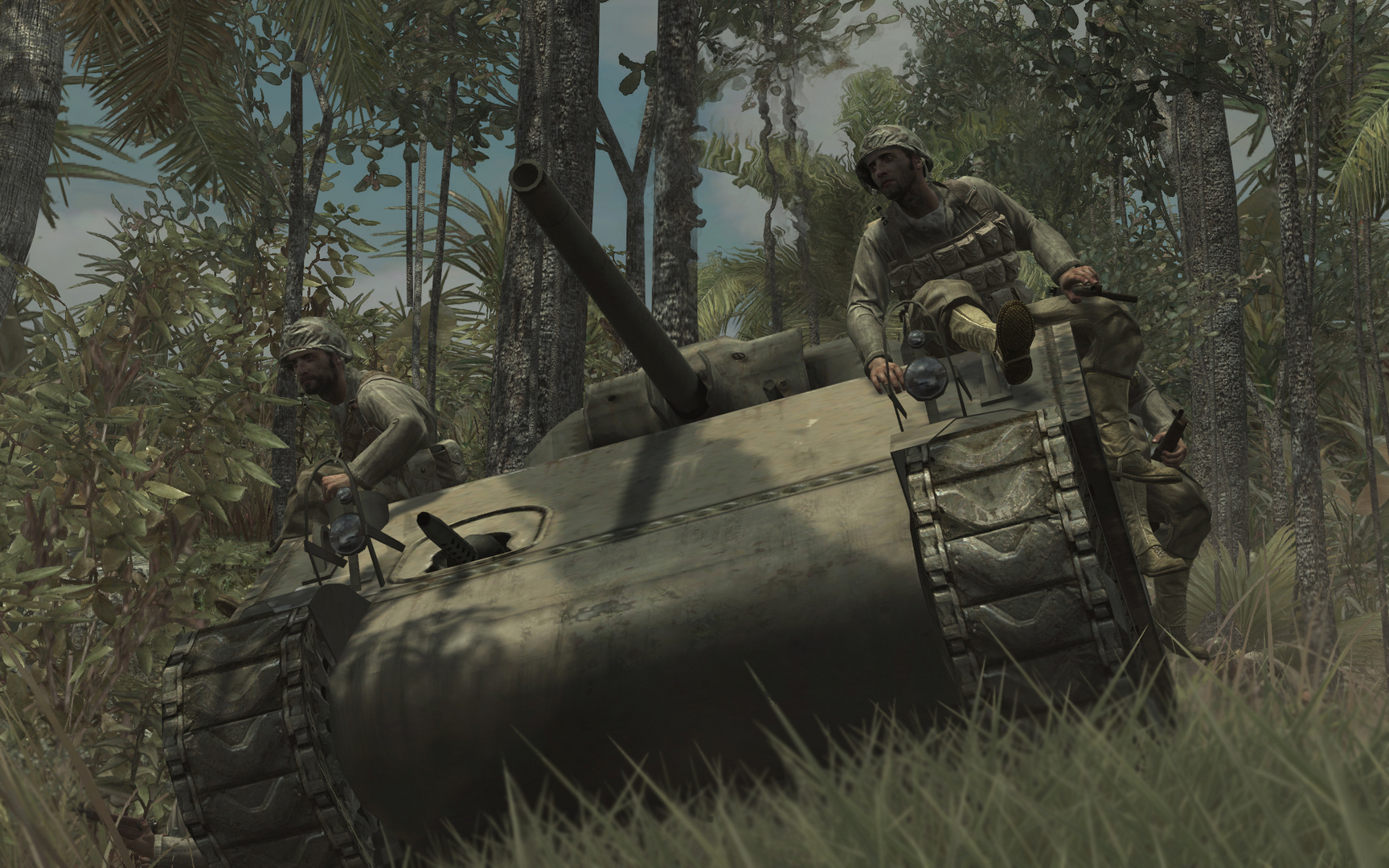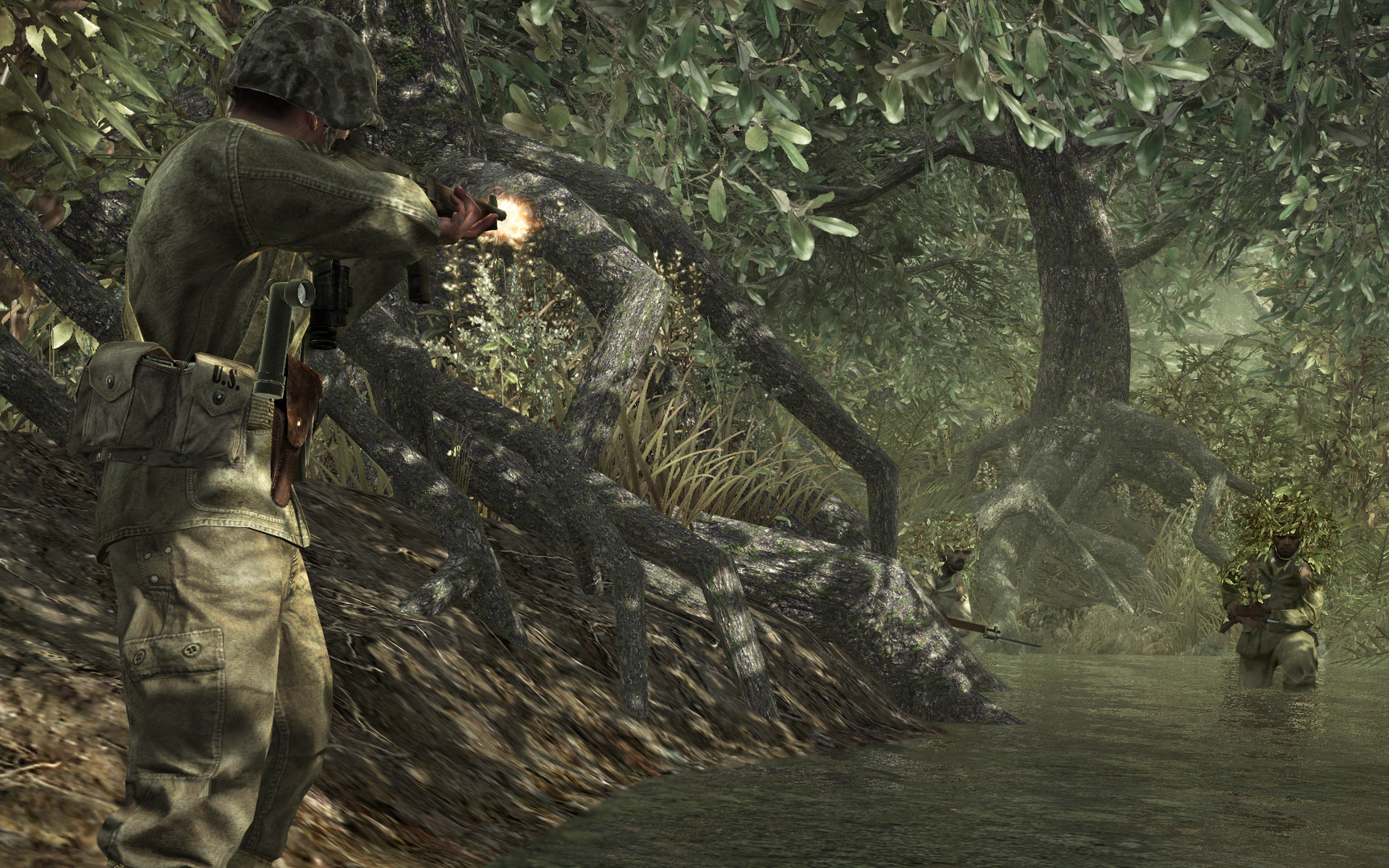Call of Duty: World at War plunges players into the gritty and brutal realism of World War II, offering an immersive experience that is both exhilarating and haunting. As the fifth installment in the storied Call of Duty franchise, it shifts the focus back to the historic global conflict with intense campaigns set across the Pacific and Eastern Fronts. As players navigate these tumultuous environments, they are met with the exceptional detail and storytelling that have become synonymous with the series.
In this post, we will explore the game’s intricate plot, its pros and cons, and the system requirements needed to dive into this wartime experience. Whether you’re a long-time fan of the series or a newcomer intrigued by historical games, this analysis will help you gauge what World at War brings to the table and whether it merits a spot in your game collection. We’ll also delve into our overall assessment of the game and deliver a rating that reflects its standing in the world of video games.
Prices for Call of Duty: World at War
The Historical Battlegrounds
Set in the waning years of World War II, World at War transports players to some of the most intense and defining battles of the era. The game is split between two primary theaters of conflict: the Pacific War and the Eastern Front. In the Pacific, players assume the role of Private Miller, a marine who begins his journey as a prisoner of war and fights across various islands against the Imperial Japanese Army. The campaign captures the fierce guerrilla warfare tactics that defined this theater, from treacherous jungles to fortified trenches.
Meanwhile, on the Eastern Front, players experience the brutal winter of the Soviet campaign as Private Dimitri Petrenko of the Red Army. Joining forces with Commisar Reznov, Dimitri partakes in a fierce struggle as they push their way to capturing Berlin. The game’s narrative weaves historical authenticity with cinematic storytelling, creating a gripping atmosphere that immerses players in the harsh realities and heroics of World War II’s final chapters.
Gameplay Mechanics and Experience
World at War retains the core mechanics that have defined the Call of Duty series, offering a familiar yet engaging first-person shooter experience. The game employs a seamless blend of run-and-gun action with strategic elements, ensuring players must use both reflexes and tactics to overcome their foes. The campaign is well-paced, with objectives that vary from all-out assaults to stealthier, mission-driven goals. For those new to the series, the controls are intuitive, making it relatively easy to jump in, while veterans will appreciate the slight refinements and enhancements that seem to polish the pre-established formula.
What sets World at War apart from its predecessors is the introduction of the cooperative campaign and the beloved Zombies mode. The co-op gameplay allows players to tackle the campaign together, adding a layer of camaraderie and shared strategy. Meanwhile, the Zombies mode introduces an innovative, fan-favorite challenge that pits players against waves of the undead in a test of survival. Compared to other World War II shooters, World at War stands out with its brutal realism and engaging multiplayer experience, carving a niche with its gritty portrayal of a historic conflict.
Visual Storytelling in World at War
World at War delivers a compelling visual experience that vividly depicts the brutality and chaos of World War II. Using an enhanced version of the game engine that powered Call of Duty 4: Modern Warfare, the developers succeed in creating detailed environments and realistic character models. The attention to detail is remarkable, with meticulously crafted landscapes that include everything from the dense jungles of the Pacific to the war-torn urban settings on the Eastern Front.
Compared to other World War II games of its time, World at War stands out for its ability to render destruction and tension with stunning authenticity. The atmospheric lighting, dynamic shadows, and particle effects all contribute to creating an immersive visual world that feels grimly authentic. While it may not compete with the hyper-realistic graphics of modern titles, it holds its own with a focus on atmospherics above mere visual fidelity, thus adding depth to the overall experience of the game.
Noteworthy Aspects of World at War
World at War sets itself apart with several standout features that enhance its appeal. One of the top features is the cooperative campaign gameplay, enabling up to four players to work together in overcoming missions, which was a revolutionary addition at the release time. This brings a new dynamic compared to other World War II games, fostering teamwork and strategic planning among participants.
Another highlight is the introduction of the Zombies mode, which has since become a staple in the Call of Duty series. This mode offers an exhilarating twist by pitting players against relentless waves of Nazi zombies, requiring quick reflexes and strategic fortification to survive. Additionally, the game boasts a robust multiplayer experience with diverse maps and modes, allowing players to dive into various combat scenarios. The competitive edge it offers, combined with its innovative features, establishes World at War as a distinctive title in the realm of World War II shooters.
Areas Lacking in World at War
While World at War offers an intense and atmospheric experience, it is not without its shortcomings. One of the primary criticisms is the game’s pacing, particularly in the single-player campaign. At times, missions can feel drawn out, with difficulty spikes that may frustrate some players rather than challenge them. This inconsistency can detract from the otherwise engaging narrative, leaving players occasionally overwhelmed rather than enthralled.
Another area where the game falls short is in its graphical fidelity. Despite the detailed environments and authentic portrayal of World War II settings, some textures and character animations appear dated compared to more modern titles. Additionally, there are occasional bugs and glitches that can disrupt the immersive experience. These issues, while not game-breaking, can tarnish the overall enjoyment and polish of the experience, making certain moments feel unrefined when contrasted against the high standards set by later titles.
System Requirements and Performance
To fully experience World at War, players need to consider the system requirements that ensure smooth gameplay. Below is a table outlining the minimum and recommended specifications:
| Specification | Minimum Requirements | Recommended Requirements |
|---|---|---|
| Operating System | Windows XP/Vista | Windows XP/Vista |
| Processor | Pentium 4 3.0GHz or AMD Athlon 64 3200+ | Intel Core 2 Duo E6600 or AMD Phenom X3 8750 |
| Memory | 512MB (XP) / 1GB (Vista) | 1GB (XP) / 2GB (Vista) |
| Hard Drive | 8GB of free space | 8GB of free space |
| Graphics Card | NVIDIA GeForce 6600GT or ATI Radeon 1600XT (Shader 3.0 or better) | NVIDIA GeForce 8600GT or ATI Radeon X1950 |
The performance of World at War can vary widely based on the setup. On systems that only meet the minimum requirements, players may experience lower graphic settings and occasional frame rate drops, especially during action-heavy sequences. However, setups that meet or exceed the recommended requirements can enjoy a more seamless and visually detailed experience, with higher frame rates and better overall performance. This ensures that the game’s environments and combat scenarios are rendered smoothly without sacrificing the quality of gameplay.
Community Verdict: Voices of the Players
The gaming community has long been vocal about their experiences with World at War. Opinions vary, with many players celebrating the game’s gritty realism and unique features, while others point out its dated graphics and occasional technical issues. Here’s a snapshot of what players are saying:
“World at War brought a refreshing change to the Call of Duty series, with a darker tone and the unforgettable introduction of Zombies mode. It’s still one of my favorite entries in the franchise.”
“While the graphics may not hold up today, the cooperative campaign and multiplayer modes make up for it. It’s a blast to play with friends, especially when tackling the relentless zombie waves.”
“The game has its moments, but some missions frustrated me with their abrupt difficulty spikes. Still, the storytelling and historical settings keep me coming back for more!”
The community’s consensus indicates a strong appreciation for the groundbreaking elements that World at War introduced, establishing it as a memorable and pivotal point in the Call of Duty legacy.
Final Thoughts on a Wartime Classic
World at War remains a standout entry in the Call of Duty series, with its intense portrayal of World War II and engaging gameplay mechanics. Despite some dated graphics and a few rough patches in campaign pacing, its core elements, such as the cooperative gameplay, Zombies mode, and authentic storytelling, continue to resonate with players. The game successfully captures the chaos and heroism of wartime, offering a gripping experience that both challenges and entertains. Whether you’re diving into the campaign solo or joining friends to fend off waves of undead, World at War offers a memorable journey that has undoubtedly earned its place as a revered classic in the annals of video gaming history.

